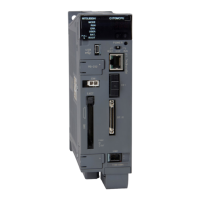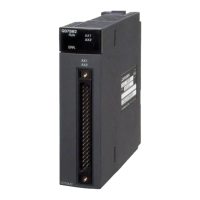6 - 35
6.2 Redundant System Network Overview
6.2.4 CC-Link
6
REDUNDANT SYSTEM NETWORKS
(3) Programs for Switching the Standby Master Station that Controls
CC-Link
Refer to Appendix 4 for programs that switches the standby master station that
controls the CC-Link from the previous control system standby master station to the
new one when system switching occurs.
(4) Network Parameter Setting
Set [Type] (station type) of network parameter as follows:
(a) When mounting to the main base unit
Set station type as [Master station (Duplex function)].
(b) When mounting to the extension base unit
Set station type as [Master station (Extension base)].
Refer to Appendix 4 for network parameter settings.
(5) System Start-up
(a) The QJ61BT11N whose first 5 digits of serial No. is "07112" or later
When using the CC-Link, control by the CC-Link is enabled when starting up
either system A or system B.
(b) The QJ61BT11N whose first 5 digits of serial No. is "07111" or earlier
When the redundant system is connected to CC-Link, start up the system so that
system A will be the control system.
Control via CC-Link cannot be performed when system B only is started up.
(6) Checking the operating status of standby system
After power-ON, the status of CC-Link master module on the standby system can be
checked with the link special register (SW80) of the control system CPU module.
If the normal data link status of the standby master station (the bit corresponding to
the standby master station is OFF in SW80) stays ON for two seconds or more, the
CC-Link master module on the standby system has started normally.

